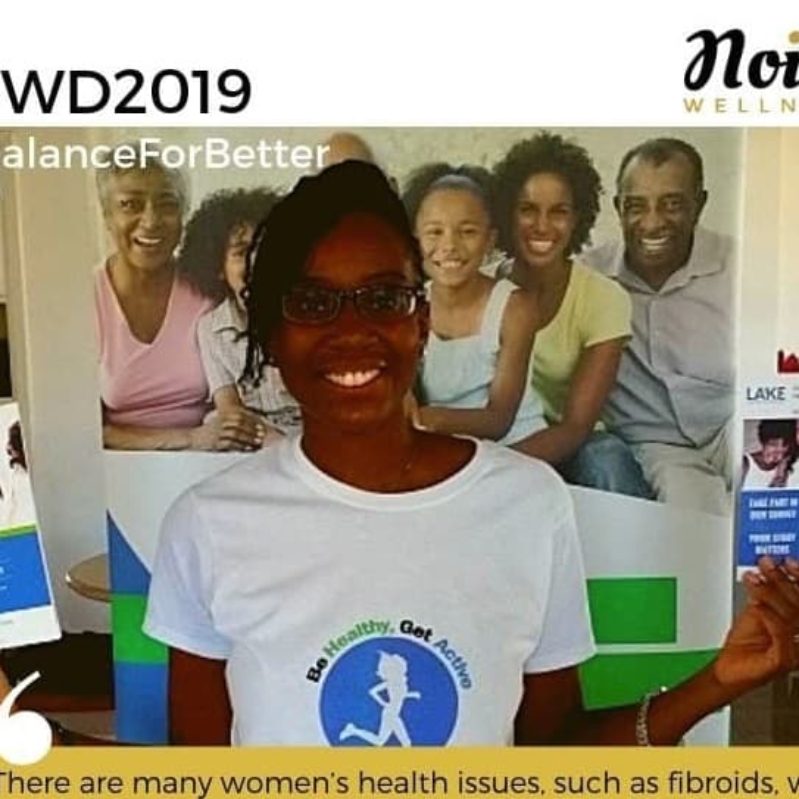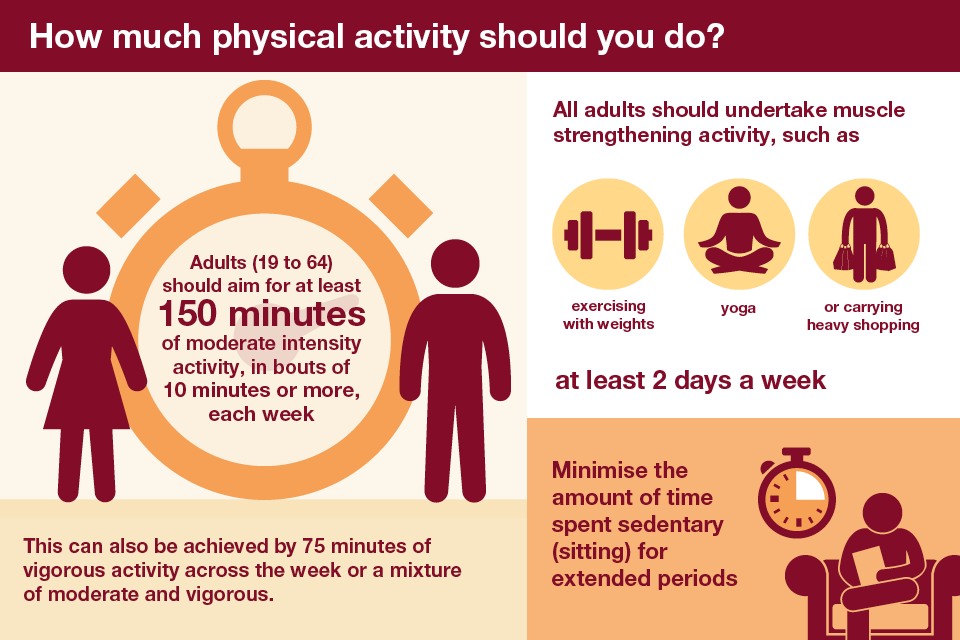This week the UK’s Scientific Advisory Committee on Nutrition published their report on vitamin D and health. This was an interesting report that provided some useful background on vitamin D. This included the benefits of vitamin D, an analysis of whether people in the UK are getting enough vitamin D and recommendations on how to ensure that we all have sufficient levels.
Background
The report stated that vitamin D is important in regulating the amount of calcium and phosphorus in the body and is made in the skin upon exposure to sunlight that contains sufficient levels of UVB radiation. Sunlight is the main source of vitamin D for most people but it can also be obtained from our diet and supplements.
Dietary sources and supplements become important during the winter months when UVB radiation is limited, in people who spend a lot of time indoors and in people who cover their body when they go outdoors.
Previous Guidance On Recommended Levels of Vitamin D Were Not Sufficient
In 1991, Dietary Reference Values (DRVs) for vitamin D were set by the Committee on Medical Aspects of Food Policy (COMA). These values were only based on preventing rickets in children and osteomalacia in adults.
A Reference Nutrition Intake(RNI) for vitamin D was not set for people with regular exposure to sunlight. This is because it was felt that the exposure to sunlight in the summer would balance out the lack of exposure in the winter. Therefore RNIs were set only for people at risk of a vitamin D deficiency. This included infants aged 0-3 years old; pregnant and breastfeeding woman; those over 65 years old; those with limited sunlight exposure; and Asian women and children.
The Need for this Current Report
There was a need for new guidance because previous guidance was not extensive and a significant amount of research has been conducted on vitamin D since publishing the previous guidance. Therefore the Scientific Advisory Committee on Nutrition carried out a review with the aim of exploring the Dietary Reference Values for vitamin D and to make recommendations. This work started in 2010 and the findings were published this week.
The Committee’s Findings
The committee looked at a range of health outcomes to determine whether these could help determine what the Dietary Reference Values for vitamin D should be.
They first explored muscle and bone health outcomes and then reproductive health, cancer, cardiovascular disease, hypertension, infectious diseases, oral health and other health comes. They wanted to see if there was a clear link between these health outcomes and vitamin D supplementation and levels of vitamin D. So, they were looking at what levels of vitamin D could positively affect these health outcomes.
They found that the only reliable data they could use to determine what the Dietary Reference Values should be were those related to muscle and bone health outcomes. These outcomes included rickets, osteomalacia, falls, muscle strength and muscle function.
For the other health outcomes the data was inconsistent so further work is needed to determine whether vitamin D has a beneficial effect on these conditions.
Recommendations
Based on their findings the committee made the following recommendations:
- To protect musculoskeletal health, the serum 25(OH)D – a marker of vitamin D status- of individuals in the UK should not fall below 25nmol/L at any time of the year.
- Those at risk of having serum 25 (OH) D below 25nmol/L are: those who spend the least amount of time outdoors (frail and institutionalised people), those that wear clothing that covers most of their skin when they are outdoors and those from ethnic groups with dark skin.
- A Reference Nutrition Intake (RNI) for vitamin D of 10ug/d is recommended for the UK population aged 4 years and above. This includes pregnant and lactating women and population groups at risk of having low levels of vitamin D. A separate RNI is not required for these groups as was advised previously.
- RNI should be applicable throughout the year, as a precautionary measure, to cover population groups in the UK identified to be at risk of having low vitamin D levels.
- The RNI refers to all intakes from dietary sources: natural food sources, fortified foods and supplements. (They note that it is difficult to achieve the RNI with natural food sources alone so the government needs to develop a strategy for the UK population to achieve the RNI of 10ug/d).
This was a very informative report and one the black community in the UK should take note of as we are at risk of having low levels of vitamin D. This is because the melanin in our skin doesn’t absorb as much UV radiation. This means that we have to ensure that we obtain vitamin D from dietary sources and we should be aiming for the 10ug/d the report suggests.
For more information you can download the full report below.













